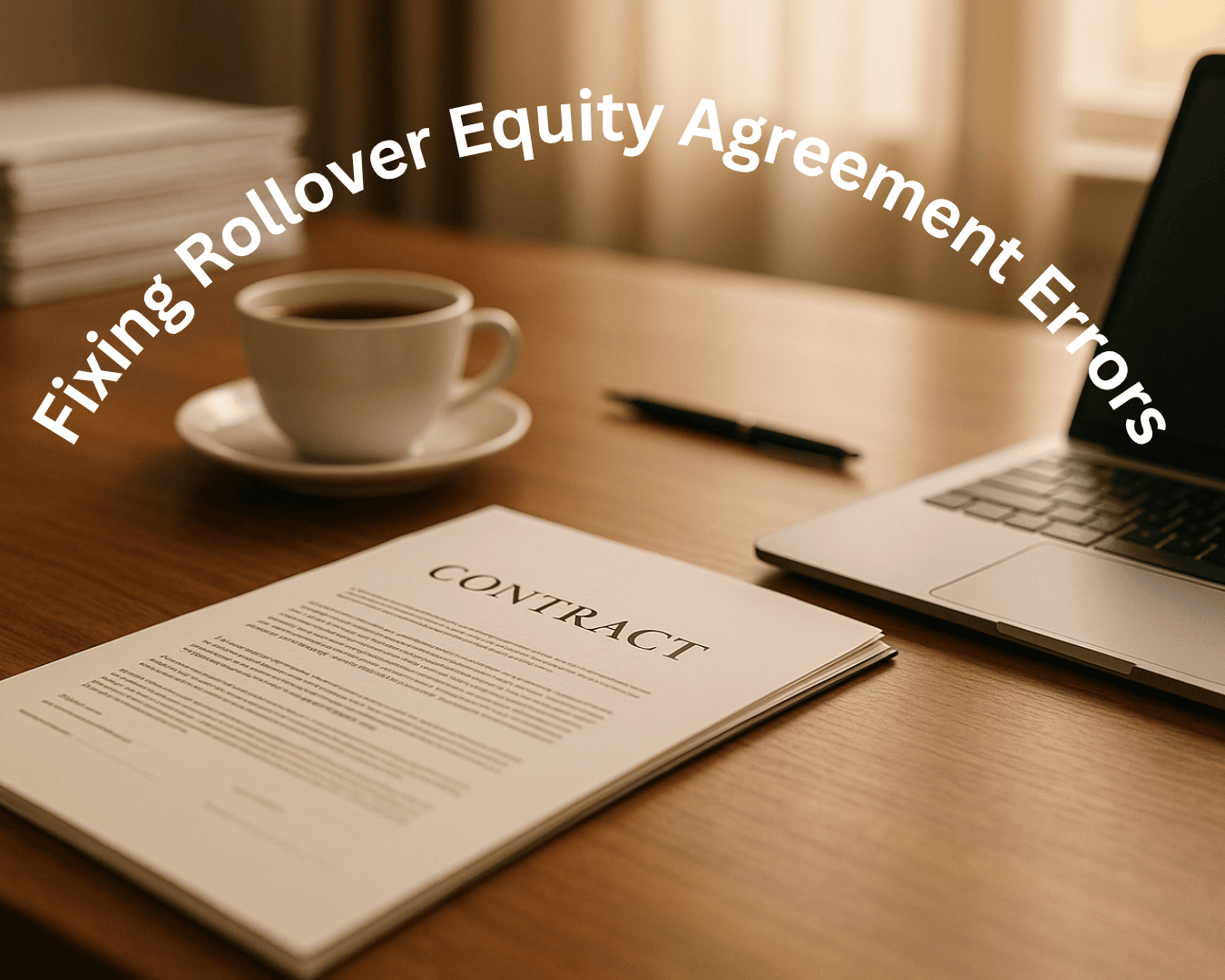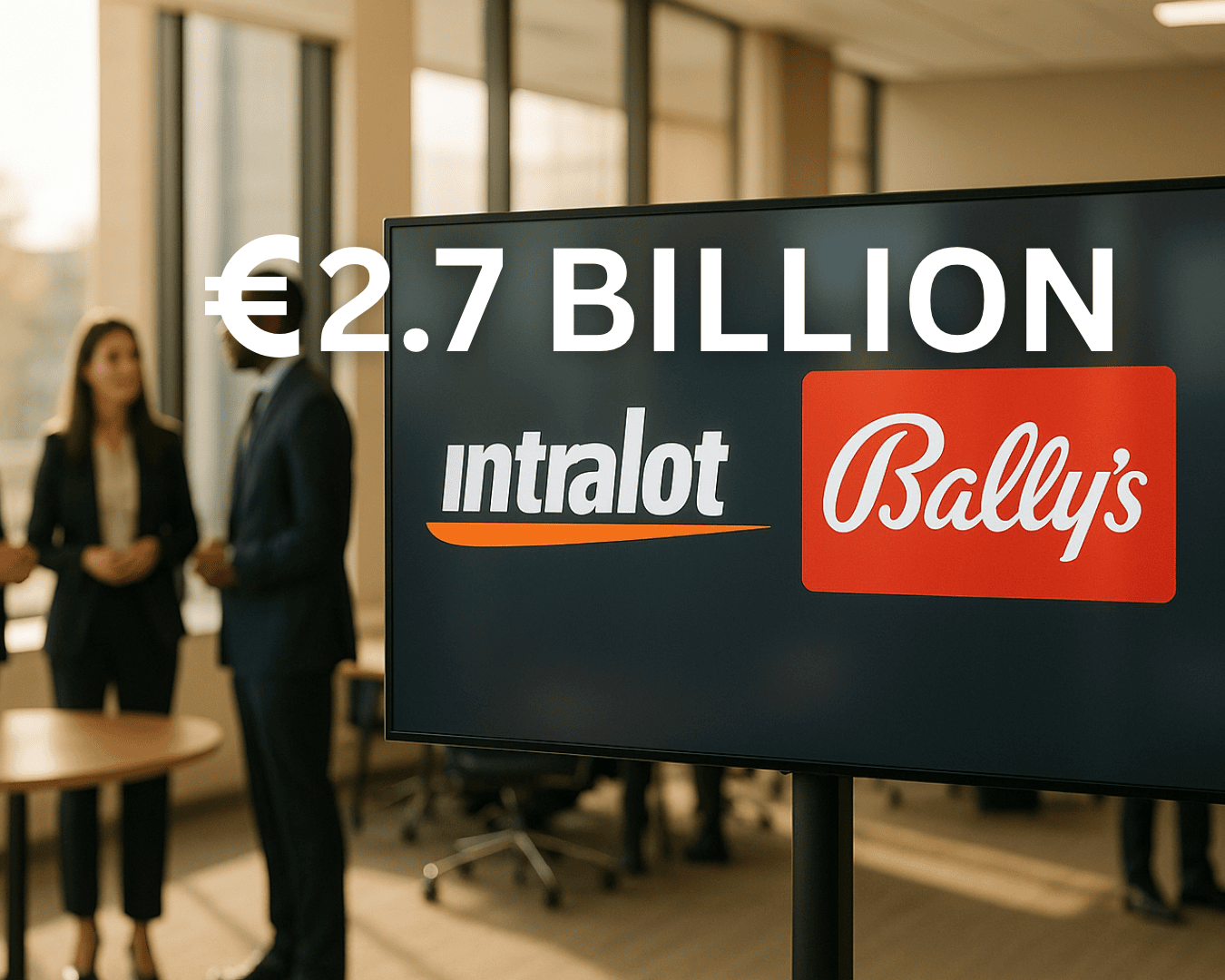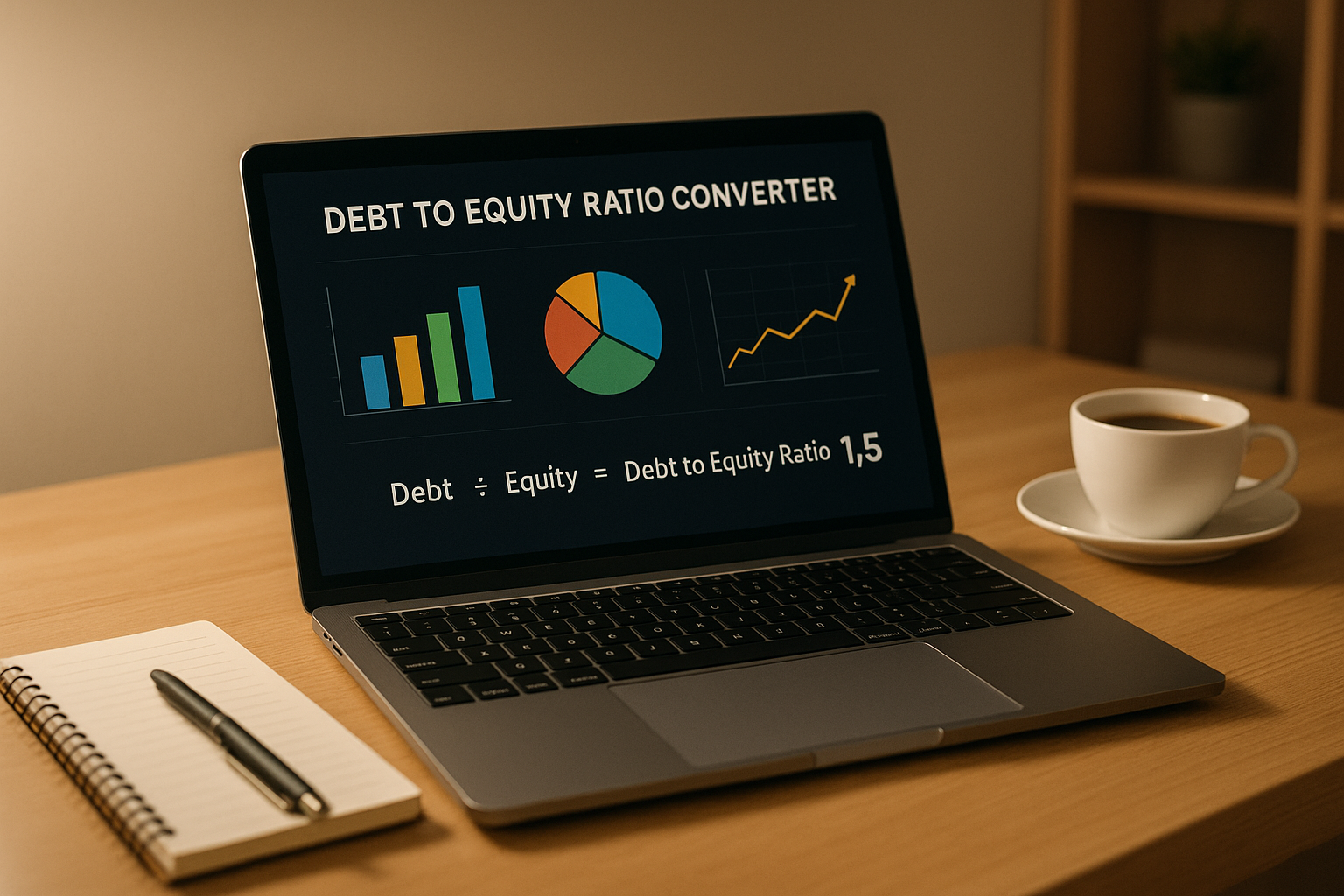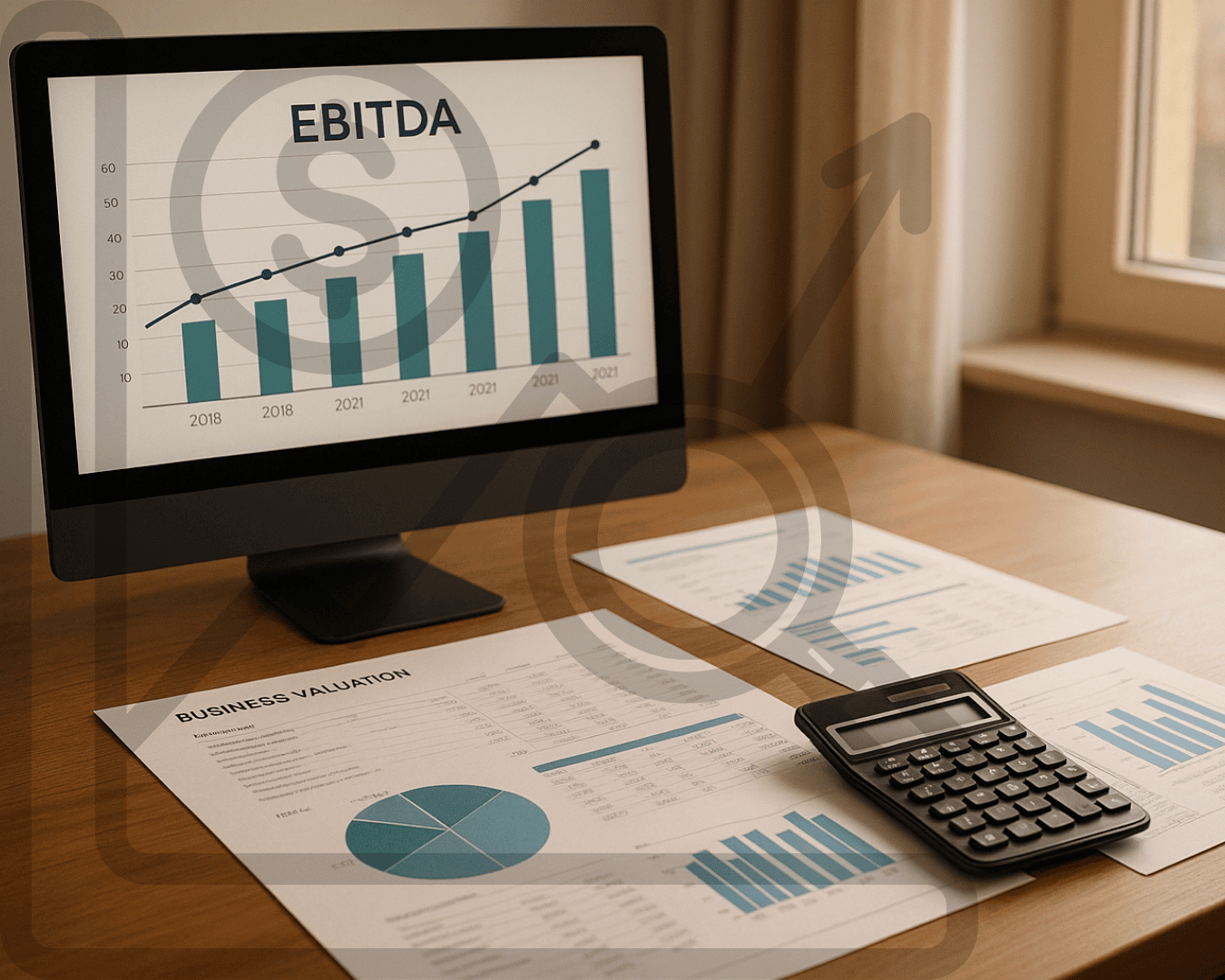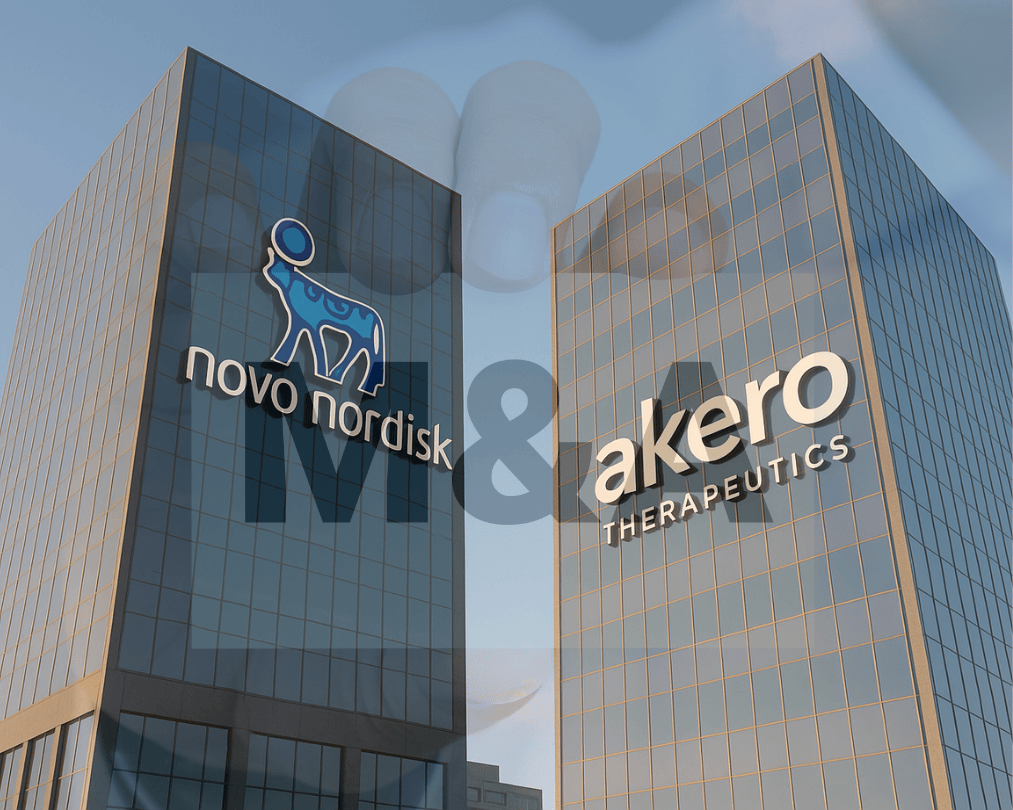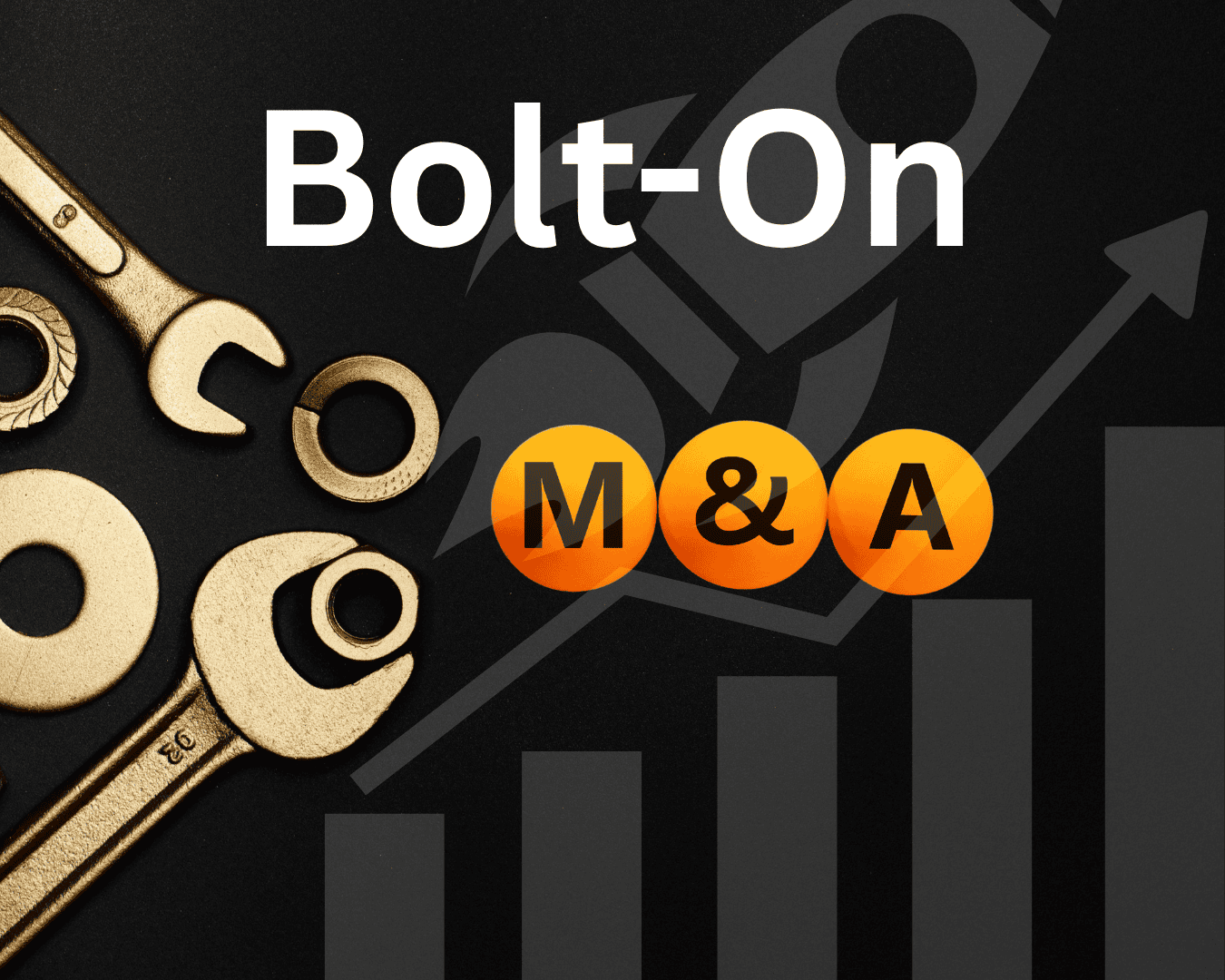AI is changing how businesses verify documents during acquisitions, making the process faster, more accurate, and less risky. Traditional methods are slow and prone to errors, but AI tools can analyze thousands of documents in minutes, detect fraud, and ensure compliance with regulations like KYC and AML. Here's what you need to know:
- Speed: AI reduces document review time by up to 70%.
- Accuracy: AI systems achieve over 93% accuracy, compared to 60–70% with manual methods.
- Fraud Detection: Advanced AI detects tampering, deepfakes, and synthetic identities, cutting fraud by 85% in some cases.
- Cost Savings: Automation cuts manual effort by 80%, saving time and money.
- Compliance: AI ensures adherence to legal and regulatory standards, avoiding hefty penalties.
AI uses tools like OCR, NLP, machine learning, and computer vision to extract data, verify authenticity, and integrate findings into workflows. Companies like JP Morgan and PayPal are already leveraging these technologies to streamline due diligence and improve decision-making. While challenges like high implementation costs and data privacy concerns exist, the benefits of AI in acquisitions are undeniable.
Artificio: AI Agents in Document Verification
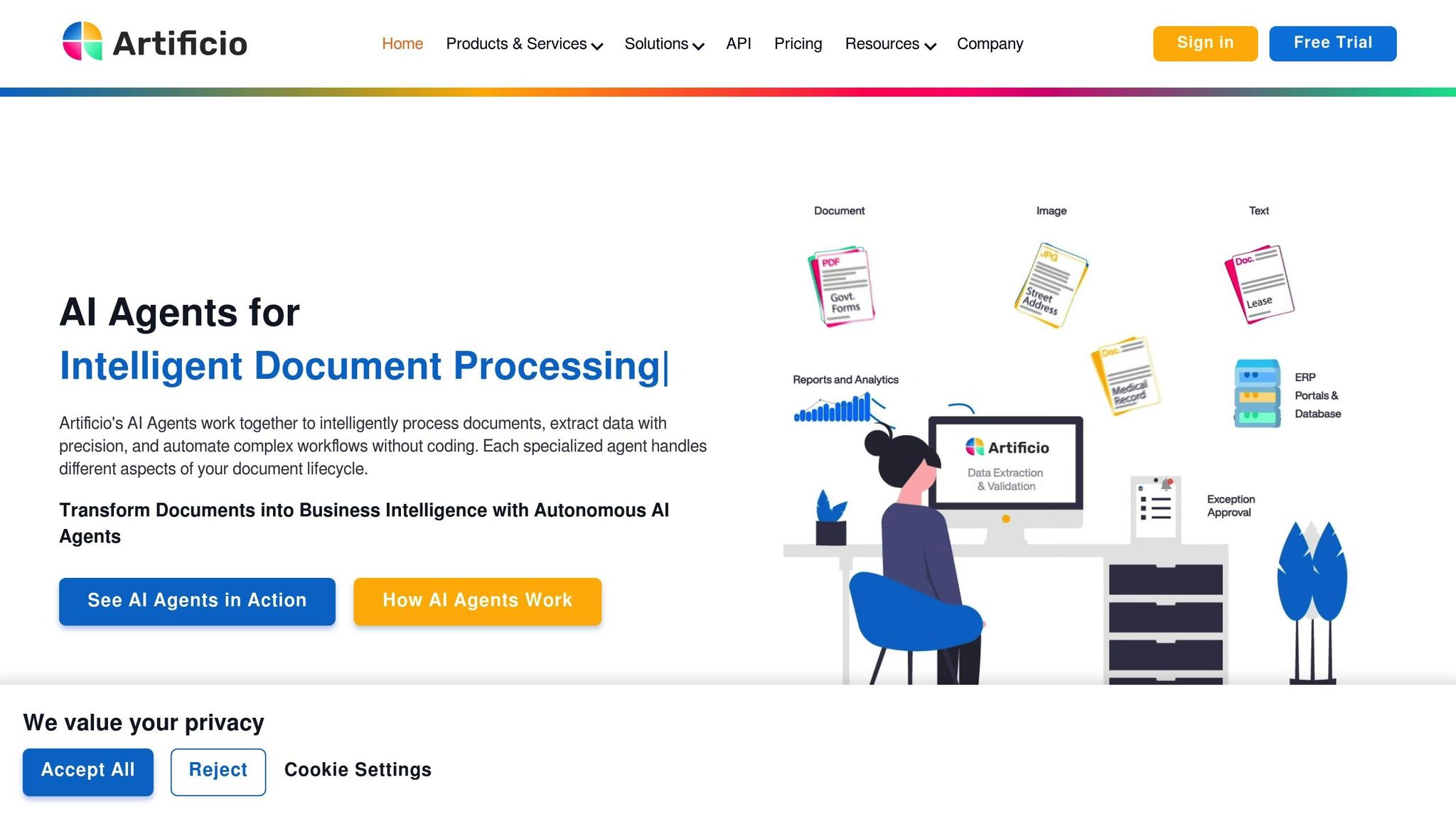
Key Steps in AI Document Verification
AI document verification in business acquisitions follows a structured four-step process, transforming raw inputs into verified, actionable data. This streamlined approach allows businesses to process vast amounts of documentation in just minutes.
Document Capture and Preprocessing
The process kicks off when documents are uploaded or scanned into the AI system. At this stage, the system scans, categorizes, and enhances the documents to ensure they meet quality and format standards. AI automatically organizes documents - whether they’re financial statements, contracts, tax records, or legal filings - into categories that make further processing efficient.
During preprocessing, the system improves image quality, corrects orientation issues, and removes background noise that might interfere with analysis. It also organizes the documents and redacts sensitive information where necessary. Modern AI systems can handle a variety of file types, from scanned PDFs to smartphone photos, ensuring all documents are standardized and ready for the next step: data extraction.
Data Extraction and Organization
Once the documents are prepped, the system uses OCR (Optical Character Recognition) and NLP (Natural Language Processing) to convert them into structured, machine-readable data. This step is particularly valuable for digitizing paper-based records, cutting down on manual data entry while identifying key details like financial figures, contract terms, and compliance-related information. The system can also detect missing documentation and generate summaries to streamline the information extraction process.
Machine learning algorithms play a key role here, learning from past data to improve their ability to process both structured formats (like tables) and unstructured text (like legal clauses). For example, a commercial bank that implemented such a system reduced its loan application processing time from 7 days to under 24 hours while cutting processing errors by 63%.
Authenticity and Fraud Checks
After extracting the data, the system ensures document authenticity through rigorous checks. AI examines content, digital signatures, and metadata to verify integrity. It also analyzes text and visual elements to spot signs of tampering.
The system compares document details against predefined patterns to flag irregularities, such as mismatched names or altered numbers. Advanced features like facial recognition and fingerprint matching can verify identity documents, while image analysis detects signs of digital manipulation, such as compression artifacts or repeated patterns. These capabilities have led to an 85% reduction in document fraud, a 60% drop in manual fraud investigations, and a 40% faster turnaround time. Companies like PayPal and American Express have reported fraud detection improvements of 10% and 6%, respectively, thanks to AI.
Real-Time Validation and System Integration
The final step involves real-time validation and seamless integration with existing deal management systems. At this stage, AI cross-checks the processed data against external databases, assigns risk scores, and flags potential issues for human review .
This integration ensures that verified data flows smoothly into workflows, with instant alerts for any discrepancies. Reports are automatically generated, compliance issues are flagged, and summaries are provided to help teams make quick, informed decisions. For example, JP Morgan’s COIN (Contract Intelligence) system uses machine learning to review thousands of contracts in mere seconds.
Currently, 48% of M&A professionals use AI in their due diligence processes, with many reporting up to a 70% reduction in document review times . This combination of speed and precision has cemented AI document verification as a critical tool in modern business acquisitions.
Core AI Technologies for Document Verification
AI systems are reshaping how businesses handle acquisitions by leveraging four essential technologies. These tools work together to verify documents efficiently and accurately, addressing everything from text extraction to fraud detection.
Optical Character Recognition (OCR)
OCR is at the heart of AI-powered document verification, transforming text from images into machine-readable formats. Whether it's scanned contracts, handwritten notes, or smartphone photos of financial documents, OCR converts visual data into something computers can process and analyze.
Today's OCR systems go beyond basic text recognition. Standard OCR matches scanned text with stored character patterns, while advanced methods like feature extraction identify characters based on unique traits like curves and intersections. For handwritten documents, Intelligent Character Recognition (ICR) uses machine learning to improve accuracy, while Intelligent Word Recognition (IWR) identifies entire words, making it effective for cursive handwriting and less structured text.
The OCR market, valued at $12.56 billion globally in 2023, is expected to grow at a rate of 14.8% annually, underscoring its importance in document processing.
"OCR (Optical Character Recognition) automates text extraction from scanned documents, converting printed and handwritten content into machine-readable and editable formats." – Cflow
A great example of OCR in action is BlueVine's use of Amazon Textract to process tens of thousands of PPP loan applications daily. This helped businesses secure funds and saved over 400,000 jobs. Once text is extracted, Natural Language Processing steps in to make sense of the data.
Natural Language Processing (NLP)
After OCR converts documents into text, NLP takes over to analyze and organize the data. It identifies key information, structures unorganized data, and makes it easier to search and act upon. This is especially useful in finance, where unstructured data is growing by 55–65% annually.
NLP uses specialized techniques for tasks like compliance and verification. Named Entity Recognition (NER) identifies specific entities, such as company names or financial figures, while Named Entity Linking connects these entities to external databases for validation. Other methods, like Semantic Matching, compare document content to legal standards, and Text Classification categorizes documents and flags potential issues.
By 2025, nearly 30% of NLP applications are expected to be used in sectors like Banking, Financial Services, and Insurance. For instance, in October 2024, Akitra demonstrated how NLP could examine contracts for legal compliance by identifying clauses and comparing them to established norms - an essential feature for industries with strict regulatory frameworks.
Machine Learning and Computer Vision
Machine learning and computer vision work together to spot document fraud and inconsistencies that might escape human reviewers. Computer vision uses deep learning to analyze visual data, detecting subtle signs of tampering, such as formatting irregularities or altered text and images.
Machine learning models enhance these efforts by analyzing metadata, visual structures, and overall document integrity to detect forgery. These systems adapt to new fraud methods by learning from complex data patterns, using techniques like anomaly detection.
PayPal's fraud detection system exemplifies this synergy, achieving 99.9% accuracy in identifying fraudulent transactions. It uses AI to extract data from ID documents and matches selfies with ID photos to verify authenticity. While these technologies strengthen document verification, safeguarding sensitive data is equally critical.
Data Privacy and Security
Protecting sensitive financial and business data during AI-powered verification is essential for meeting U.S. regulations and maintaining trust. These systems must incorporate strong security measures when handling confidential acquisition documents, such as proprietary financial details, strategic plans, and personal information.
Modern AI systems secure data through encryption and access controls, ensuring only authorized personnel can access it. They also follow data minimization principles, processing only what’s necessary and deleting information after set retention periods.
Compliance with laws like the Gramm-Leach-Bliley Act and various state-level regulations requires detailed audit trails and transparency in data handling. Additionally, the AI models themselves are safeguarded through regular audits, validation, and continuous monitoring to prevent unauthorized access. These measures not only ensure secure processing but also reinforce confidence in the verification process. According to McKinsey & Company, automation technologies like OCR could boost global productivity growth by 0.8 to 1.4 percent annually.
Benefits and Challenges of AI Document Verification
AI document verification is transforming acquisition processes, offering a mix of clear advantages and notable challenges. Understanding these trade-offs is key to planning successful AI deployments.
Benefits of AI Document Verification
- Speed and Efficiency: AI can cut document review times by up to 70% compared to traditional manual methods. This means faster processing without compromising quality.
- Improved Accuracy: Automating data extraction and contract reviews reduces human error. For example, Ernst & Young's EY Diligence Edge, powered by IBM Watson, consolidates and analyzes external data sources to provide strategic insights for M&A professionals.
- Cost Savings: AI can lower manual data collection and processing costs by up to 80%, often recouping the initial investment within months.
- Fraud Detection: AI systems excel at spotting subtle patterns and anomalies that even experienced professionals might miss.
- Scalability: AI allows businesses to handle larger document volumes without needing to expand staffing. Deloitte's Diligence Insights Platform, for instance, automates intelligence gathering and streamlines screening, enabling teams to manage more deals simultaneously.
Challenges and Limitations
- High Implementation Costs: Developing custom AI solutions can cost anywhere from $20,000 to over $500,000. Off-the-shelf options range from $99 to $1,500 per month, and additional expenses like software licenses, hardware upgrades, staff training, and consulting fees can quickly add up.
- Data Privacy and Security: Working with sensitive information requires strict security measures to prevent breaches. Companies must invest in cybersecurity and conduct regular compliance audits to safeguard data.
- AI Bias and Transparency Issues: Biases in training data and the opaque nature of some AI systems can lead to inconsistent results. This lack of clarity can complicate decision-making, especially in legal and compliance scenarios.
- Integration Challenges: Many organizations struggle to incorporate new AI tools into existing IT frameworks, often needing significant upgrades and retraining efforts.
- Data Quality Concerns: AI relies on high-quality, structured data to perform effectively. In cases where data is fragmented or incomplete - common with non-public companies - the system's output may be limited.
- Regulatory Compliance: U.S. companies must adhere to federal and state regulations, like those under the Gramm-Leach-Bliley Act. Ensuring AI systems meet these standards while maintaining transparency and audit trails adds complexity.
- Human Oversight Required: While AI is powerful, it can't replace human expertise entirely. Ongoing oversight is essential to validate and interpret AI-generated insights.
Benefits vs. Challenges Comparison
The table below highlights the trade-offs between the benefits and challenges of AI document verification:
| Aspect | Benefits | Challenges |
|---|---|---|
| Speed | Reduces review time by up to 70% | Setup and training can delay implementation |
| Cost | Cuts manual processing costs by up to 80% | Initial investment ranges from $20,000–$500,000+ |
| Accuracy | Minimizes human error, improves compliance | Issues with AI bias and lack of transparency |
| Scalability | Processes more documents without extra staff | Integration with existing systems can be difficult |
| Security | Detects fraud effectively | Vulnerabilities in data privacy and security |
| ROI | Delivers an average 3.5X return on investment | 42% of companies abandon projects due to unclear value |
Recent reports show that 74% of organizations say their AI initiatives meet or exceed ROI expectations. However, 97% still face challenges in proving clear business value from early generative AI efforts. With M&A due diligence costs typically accounting for 0.5% to 2% of deal size, AI can offer significant savings in larger transactions. Success hinges on careful implementation, ongoing maintenance, and balancing automation with human expertise.
sbb-itb-a3ef7c1
Clearly Acquired: Using AI for Better Acquisitions
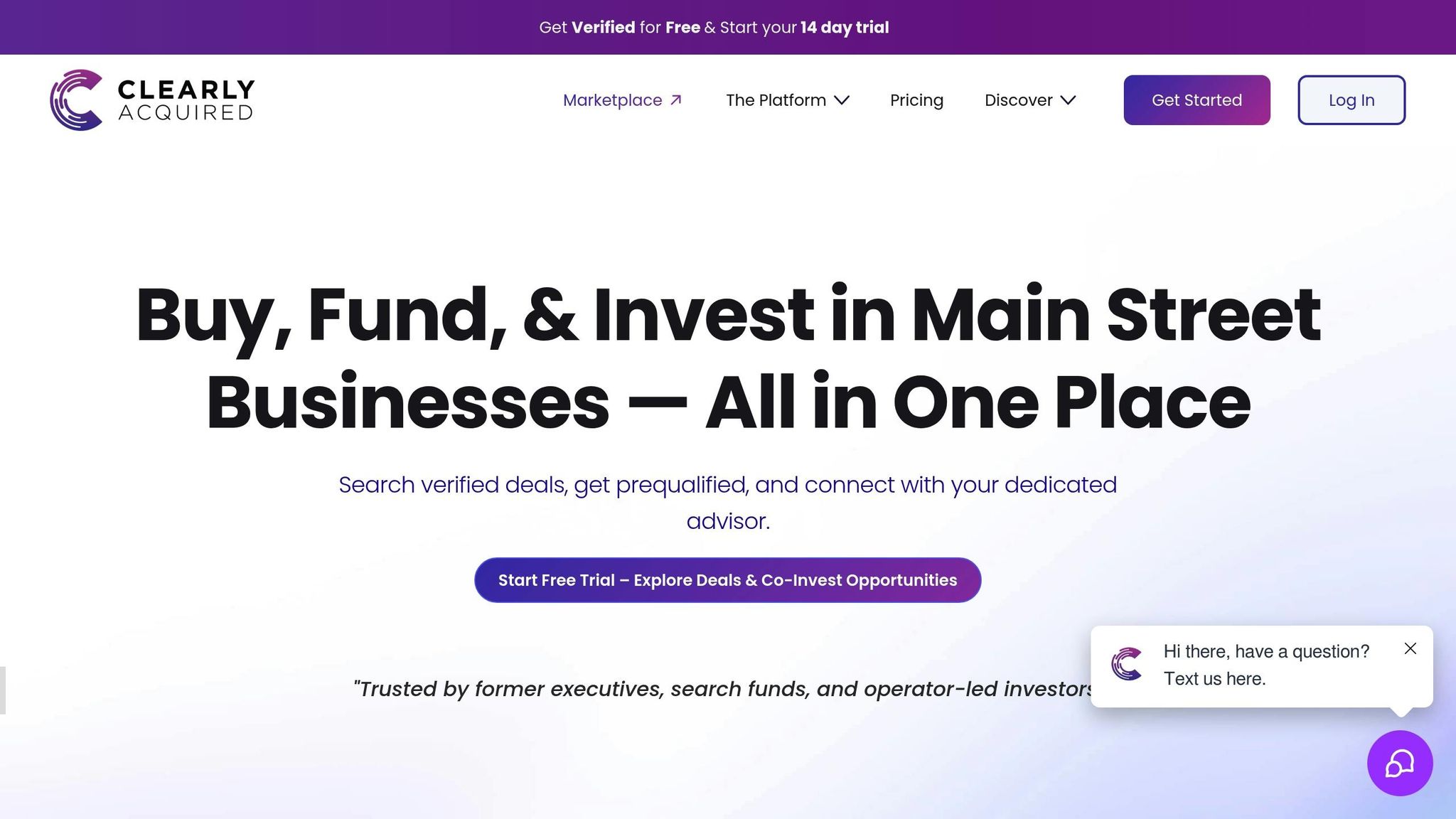
Building on the importance of AI in document verification, Clearly Acquired uses this technology to transform how businesses approach acquisitions. By integrating AI into every stage of the transaction process, Clearly Acquired simplifies document verification and deal management. As a tech-driven Main Street investment bank, it has developed a platform that brings together AI-powered tools to make acquisitions smoother and more efficient. This integration not only speeds up verification but also supports advanced features that redefine how deals are managed.
With over 65 million users, more than 3.2 million businesses listed across 50+ industries, and $6.5 million in business sales processed monthly, AI is at the heart of the platform’s ability to handle document verification efficiently.
AI Features for Document Verification
Clearly Acquired offers a range of AI-driven tools to simplify document management and boost security. These include:
- Automated NDA Deployment: AI generates, customizes, and distributes non-disclosure agreements tailored to specific deals and user profiles, eliminating the need for manual effort.
- Deal Management Hubs: These hubs act as centralized spaces where AI organizes critical documents, such as financial statements, tax returns, and contracts, ensuring everything is accessible and well-categorized.
- User Verification via Plaid: By integrating with Plaid, the platform enhances identity verification, building trust and credibility among users.
- Advanced Search Tools: AI-powered search capabilities interpret user intent, making it easier to find relevant business opportunities quickly and accurately.
Improving Compliance and Efficiency
The platform’s AI tools go beyond document management to improve compliance and operational efficiency. Clearly Acquired ensures that all listings meet platform guidelines by reviewing and verifying information. This automated process reduces the risk of incomplete or inaccurate listings reaching potential buyers.
Additionally, AI optimizes document processing, enabling deals to progress faster. The platform’s AI-enhanced private data rooms offer a secure way to manage sensitive documents, keeping all parties informed with the latest verified data.
Making Better Decisions with Verified Data
Clearly Acquired’s AI systems continuously validate critical data, ensuring the integrity of information used in deals. By verifying business details, financial records, and market conditions, the platform creates a verified deal flow that gives buyers and investors confidence in the data they rely on.
Users can also leverage intelligent matching to quickly create profiles and connect with capital and opportunities. For those on the Verified PLUS plan at $99/month, AI-powered tools take due diligence to the next level with automated financial analysis, market comparisons, and risk assessments.
Conclusion: The Future of AI in Business Acquisitions
AI is reshaping how business acquisitions are handled, with the use of generative AI expected to surge from 16% today to an anticipated 80% within three years. By cutting document review time by as much as 70% while maintaining accuracy rates over 93%, AI is proving to be a game-changer. Some systems can process 50,000 documents in just three weeks, uncovering efficiency gains of up to $8 million. These advancements highlight the growing influence of AI on acquisition workflows.
Major players like JP Morgan are already leading the charge. Their COIN system, for instance, processes contracts in seconds, a task that would otherwise take much longer.
This shift isn't just about speed; it's about enabling professionals to focus on higher-value work.
"AI handles the heavy lifting of document review, allowing our team to focus on the complex legal analysis and strategic guidance that truly adds value for our clients. It's not about replacing attorneys; it's about enabling them to work smarter and deliver better results."
- Senior Partner
Looking ahead, several advancements are poised to redefine AI's role in acquisitions. Tools powered by advanced natural language processing (NLP) will better interpret intricate legal and financial texts, while explainable AI (XAI) will provide clearer insights into how decisions are made. Predictive analytics will also enhance real-time market forecasting and competitor analysis.
These innovations align with technologies like blockchain, which promises to further secure and streamline due diligence processes. By integrating AI with blockchain, businesses can create secure, transparent systems for managing acquisitions. Smart contracts, for example, can automate verification tasks while maintaining an unchangeable record of decisions and findings. This allows for continuous, real-time due diligence with up-to-date insights.
Platforms like Clearly Acquired are already leveraging AI to simplify and secure transactions. Features such as automated NDA deployment, AI-powered private data rooms, and verified deal flow are making transactions more efficient and safer.
The future of business acquisitions lies in the synergy between AI's efficiency and human expertise. With each transaction, AI systems become smarter - spotting patterns, predicting risks, and uncovering opportunities that might otherwise go unnoticed. This evolution promises faster, more precise, and strategically informed acquisitions.
FAQs
How does AI make document verification faster and more accurate in business acquisitions?
AI is changing the game in document verification for business acquisitions by taking over time-consuming tasks and reducing the chances of errors. It can process and analyze massive amounts of documents in mere seconds, delivering precise results while cutting down the hours spent on manual reviews.
With the help of advanced algorithms, AI can spot inconsistencies, uncover signs of fraud, and flag altered documents more efficiently than older methods. This not only accelerates decision-making but also simplifies the entire acquisition process, allowing deals to close faster and with increased assurance.
What challenges do businesses face when using AI for document verification, and how can they address them?
Challenges in Implementing AI for Document Verification
Using AI for document verification isn't without its hurdles. Some of the most common challenges include data privacy concerns, inconsistent or poor-quality data, integration difficulties with existing systems, algorithmic bias, and the ongoing need to update systems to counter evolving fraud methods.
To tackle these issues, businesses should prioritize a few key strategies. Start by relying on high-quality, diverse data sets to train AI systems effectively. It's equally important to enforce robust privacy measures to protect sensitive information. Partnering with AI experts can help create models that are both reliable and easy to understand. Finally, keeping algorithms updated and training them to detect new fraud techniques ensures the system stays accurate and dependable in the face of changing threats.
How does AI help ensure regulatory compliance, like KYC and AML, during document verification?
AI simplifies the process of complying with Know Your Customer (KYC) and Anti-Money Laundering (AML) regulations by automating critical steps in document verification. It pulls and cross-checks data from multiple trusted sources to validate information, improving accuracy and minimizing the chance of errors.
Technologies like facial recognition and liveness detection add another layer of security by confirming identities in real time. This helps prevent fraud and identity spoofing. By handling these tasks automatically, AI not only strengthens security measures but also speeds up the verification process, making it faster and more dependable for businesses.


















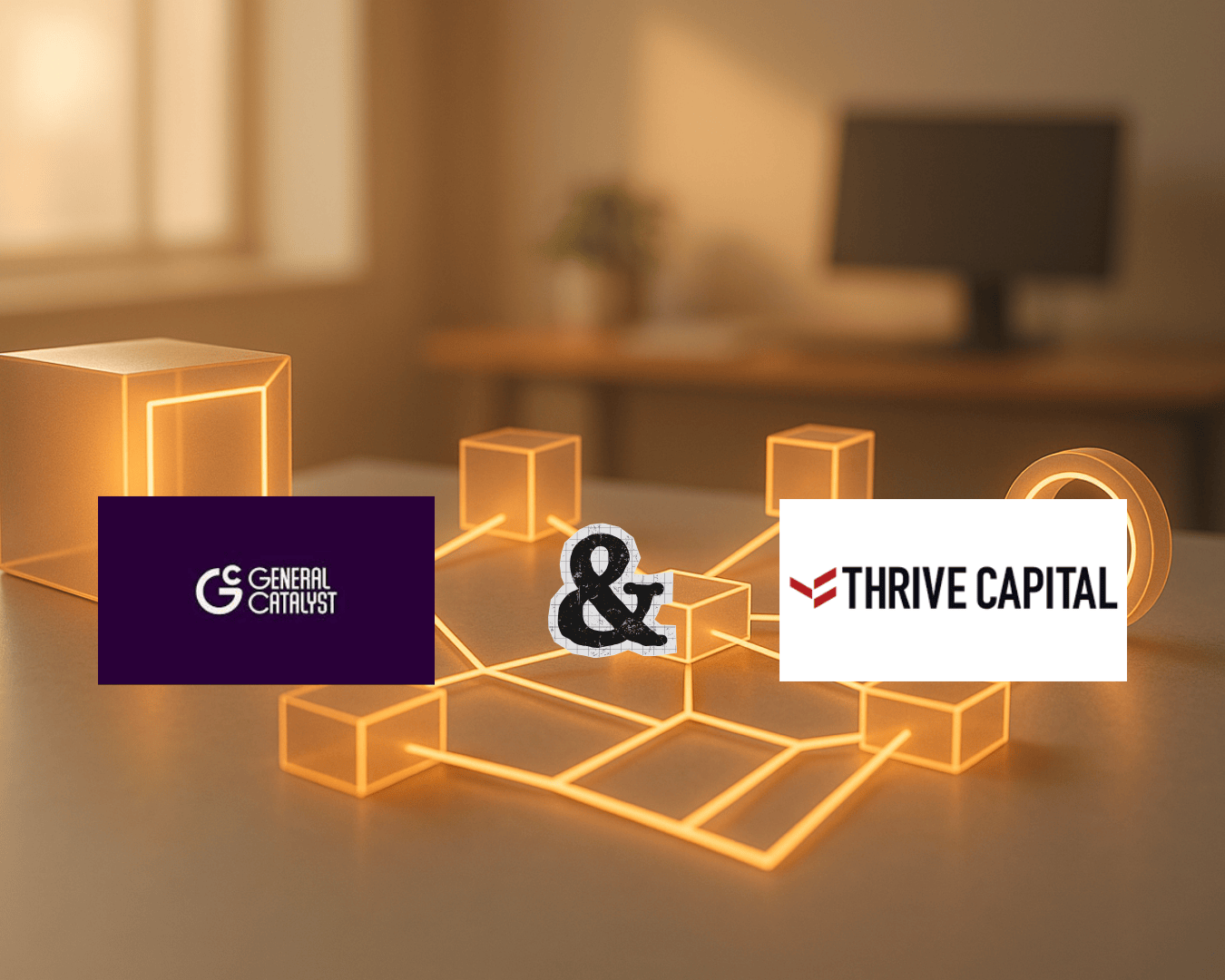






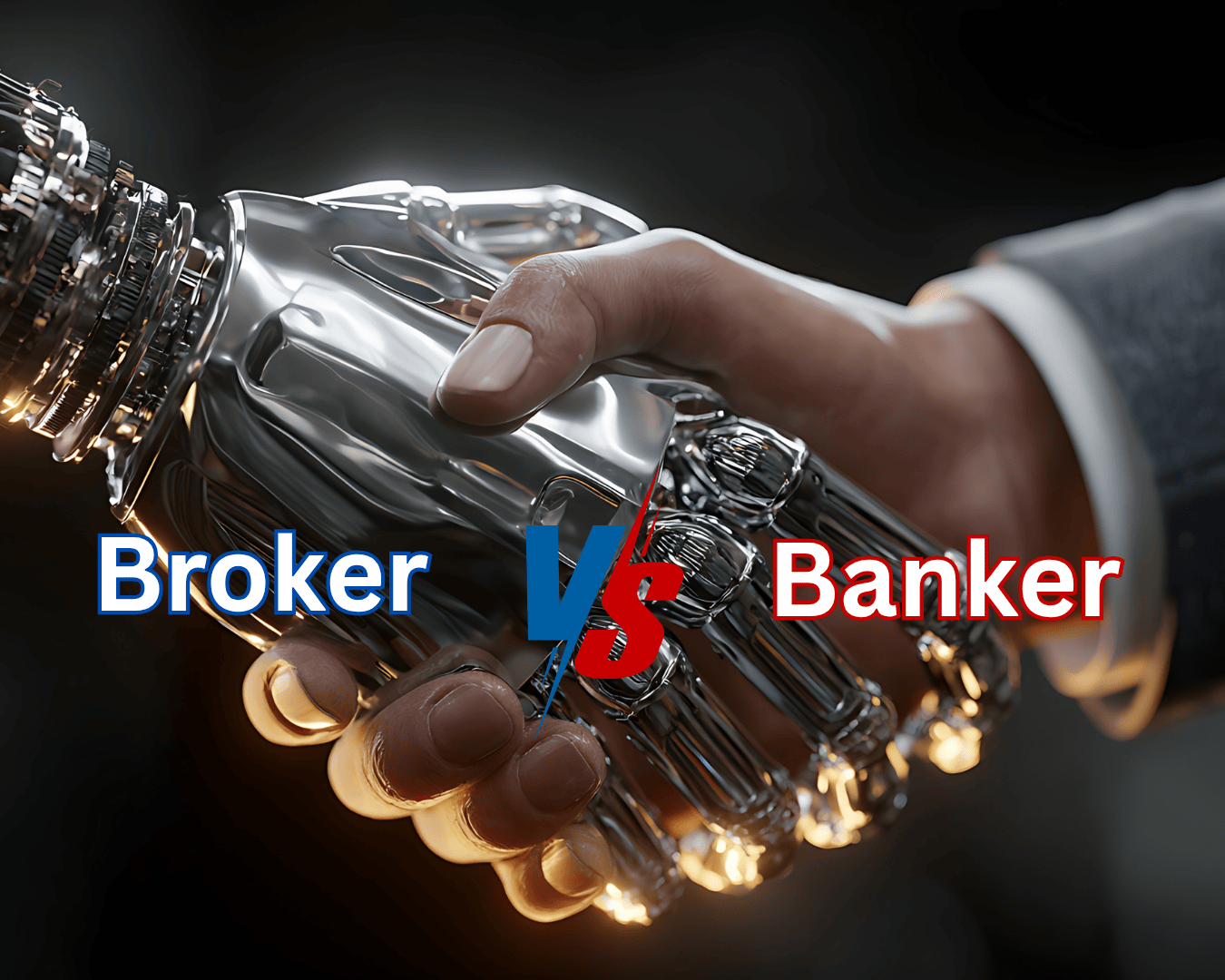

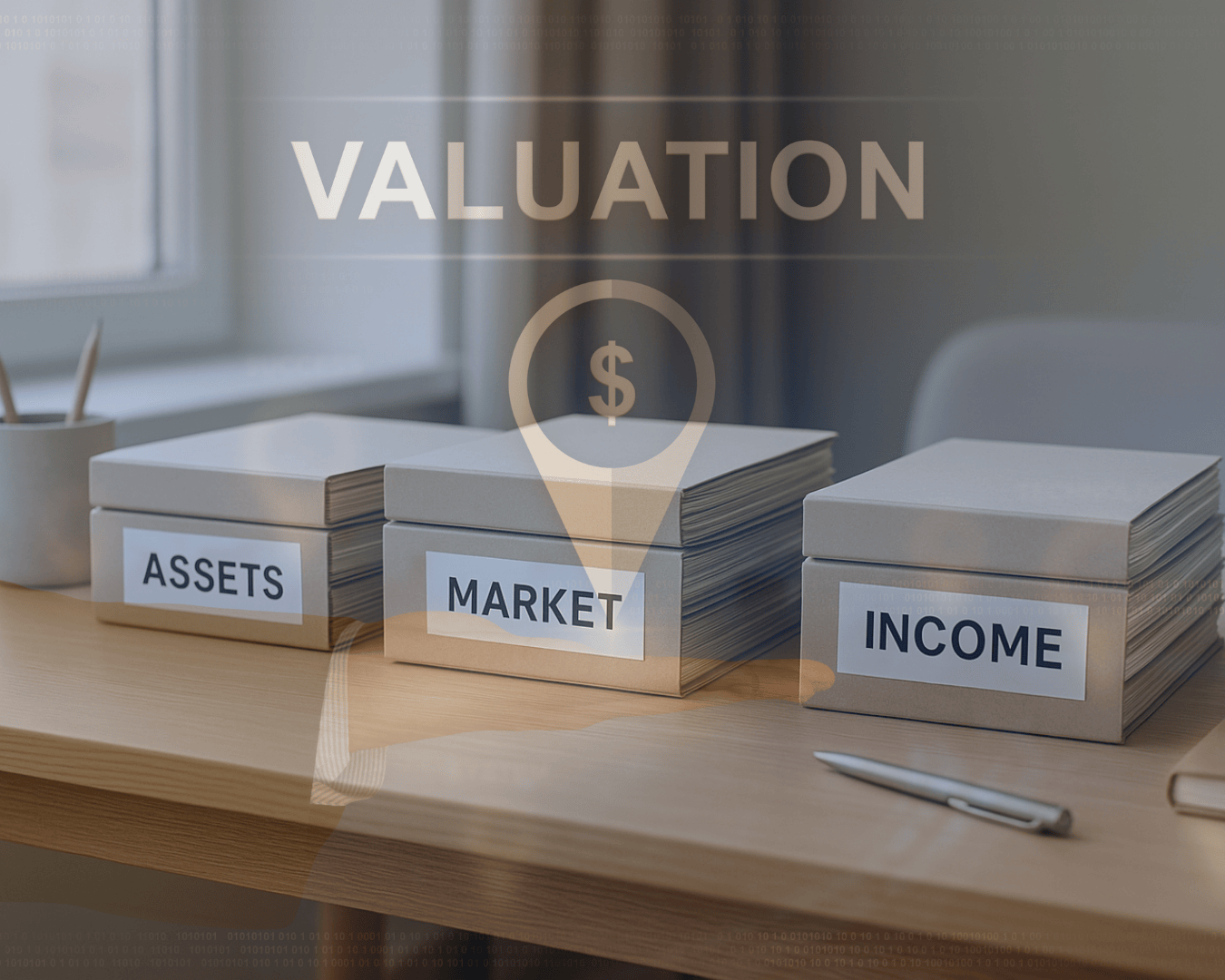


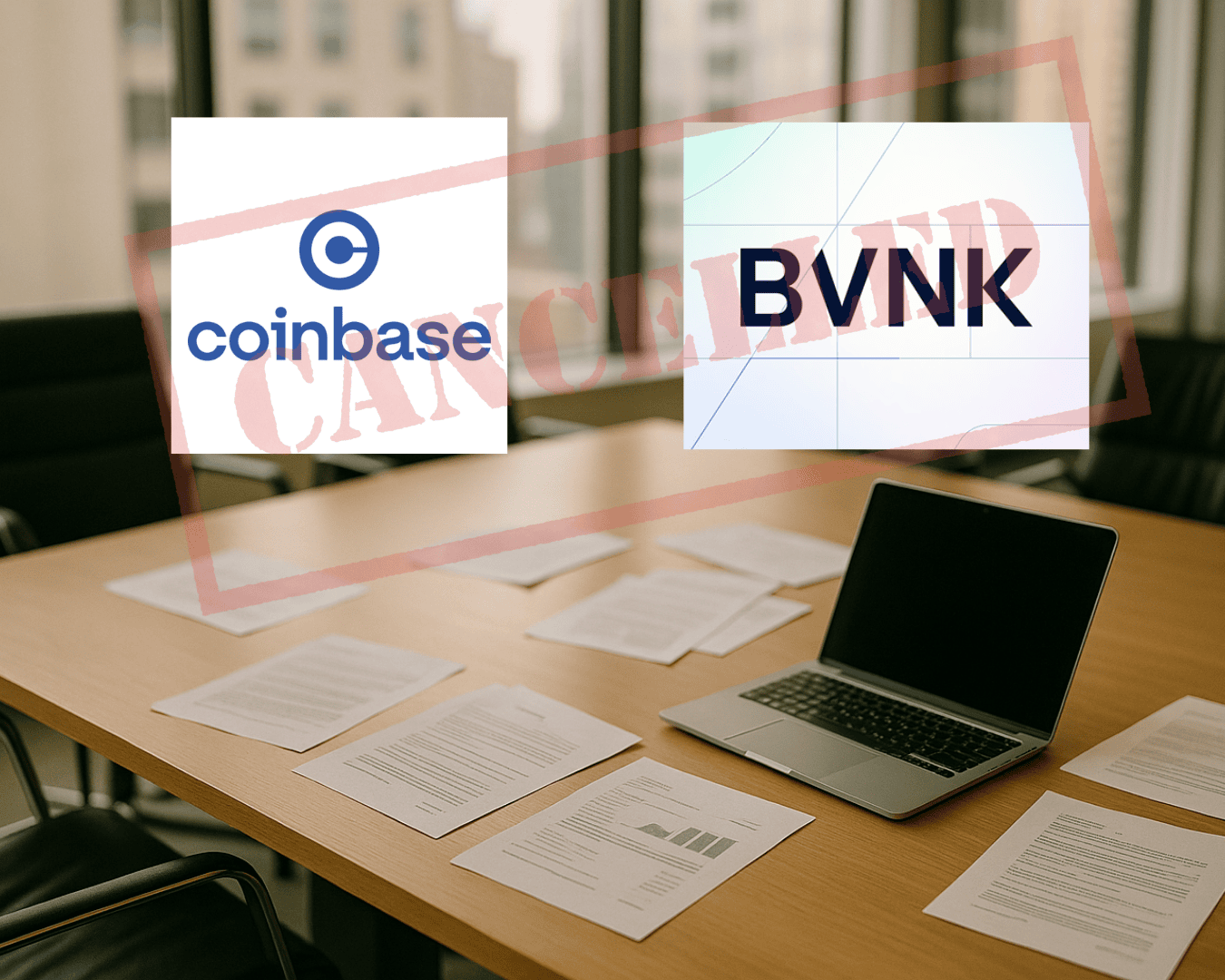









.png)

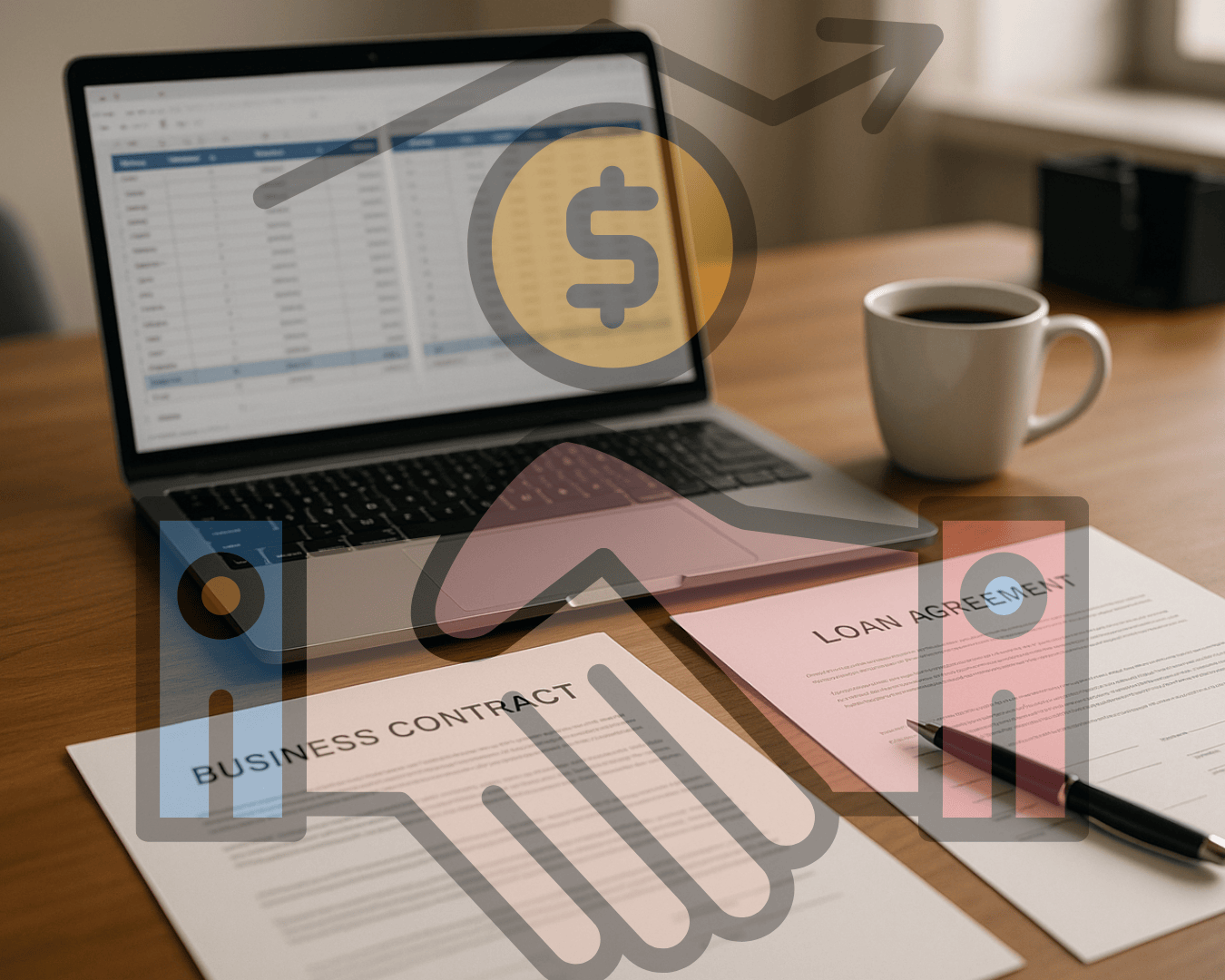




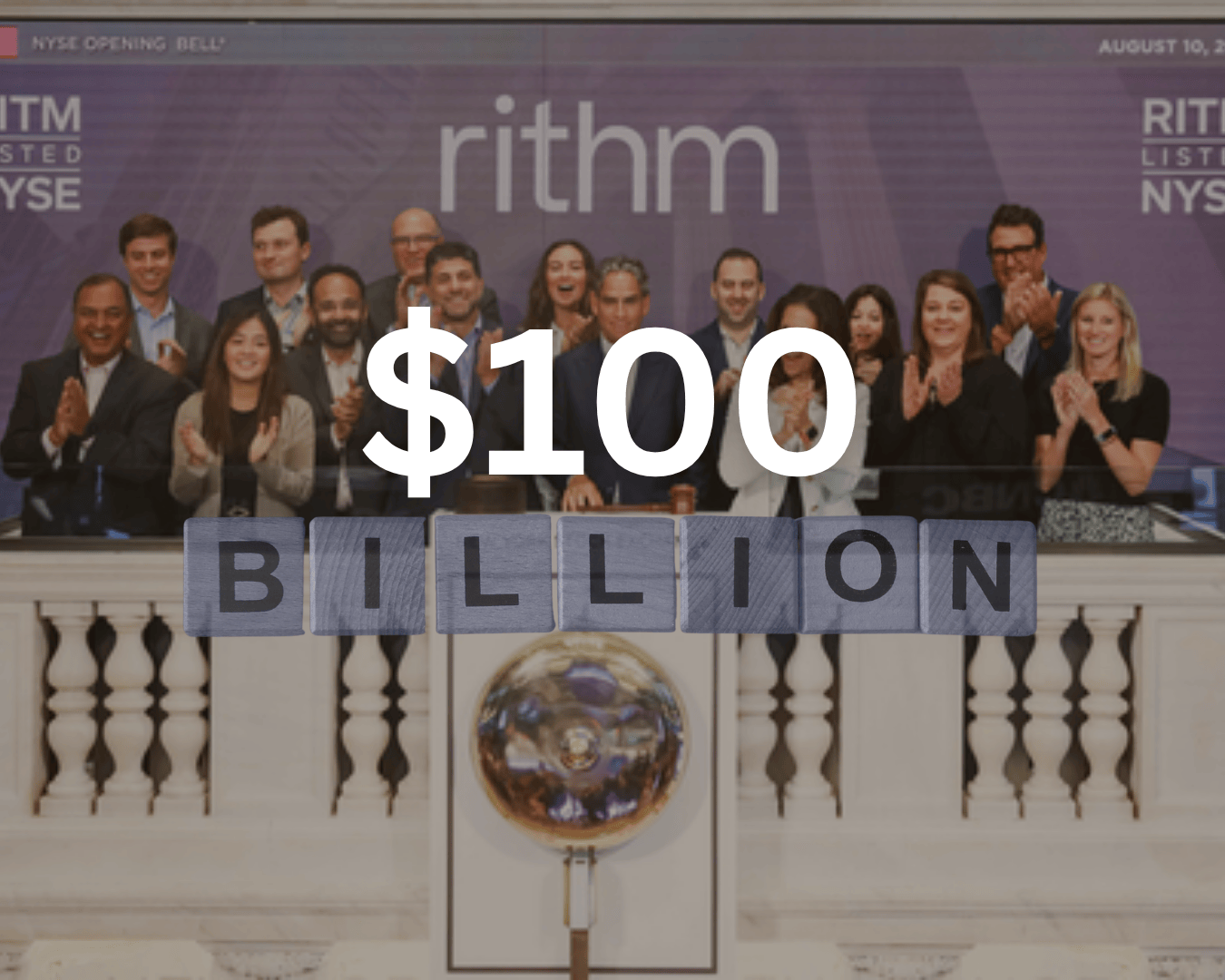



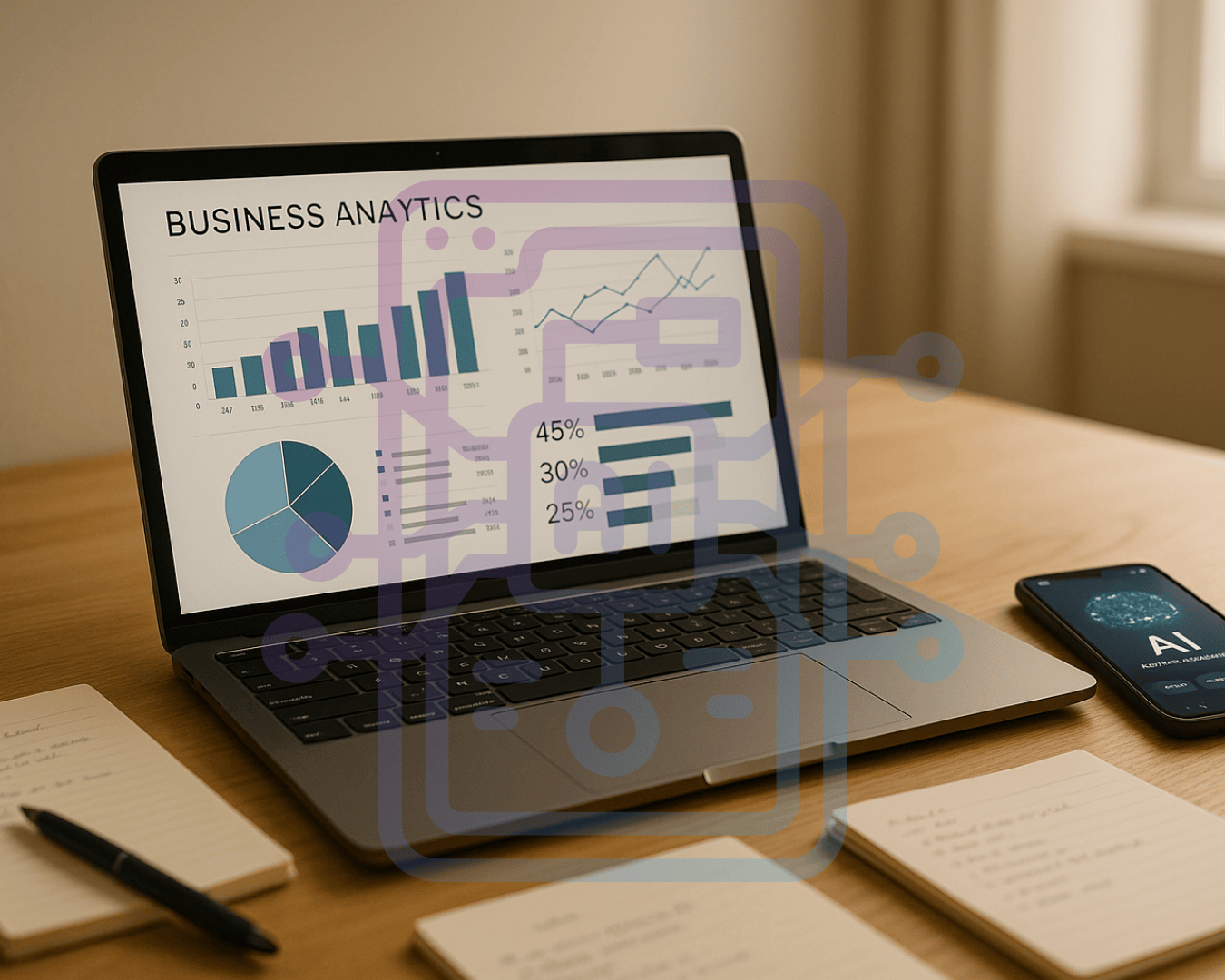











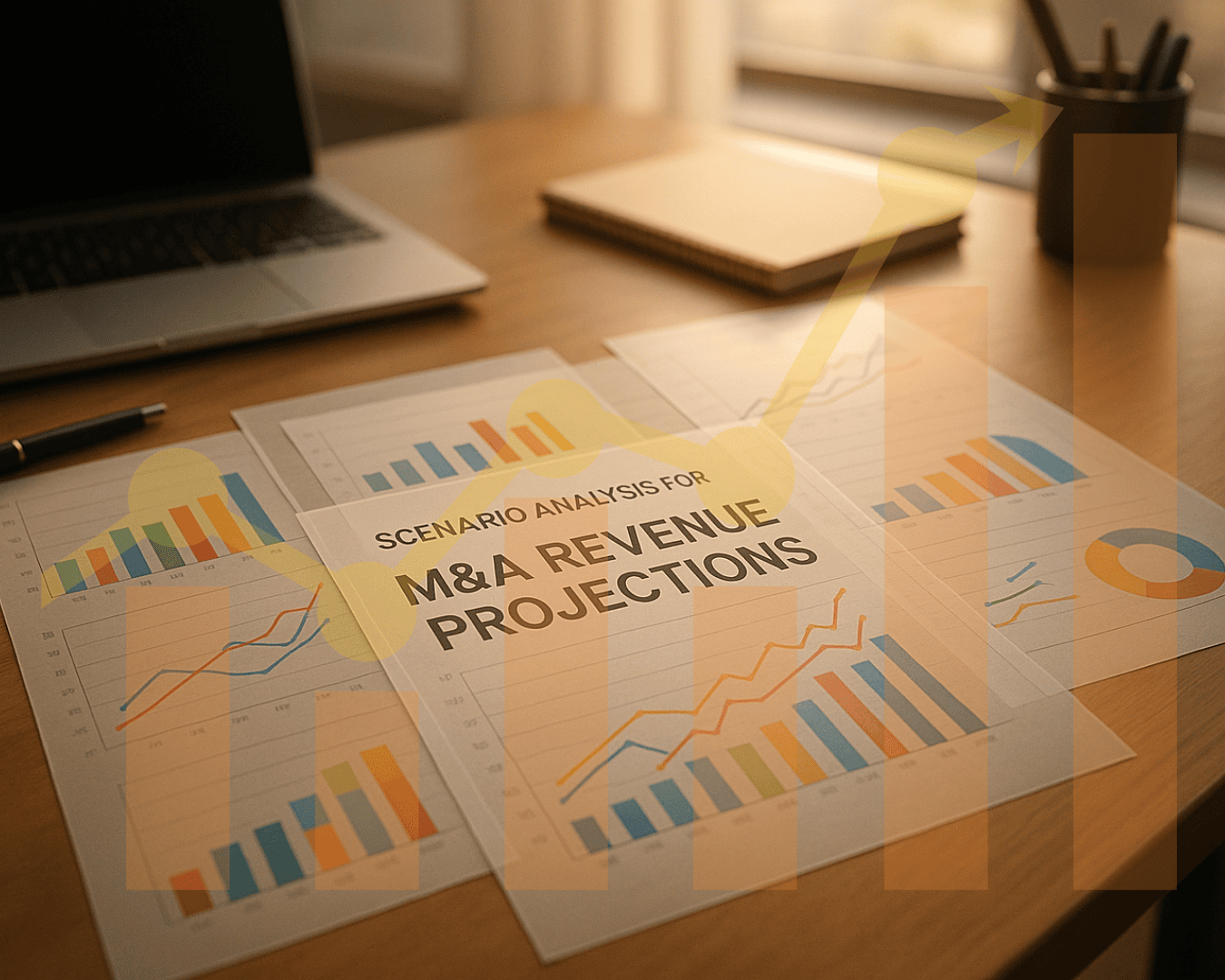





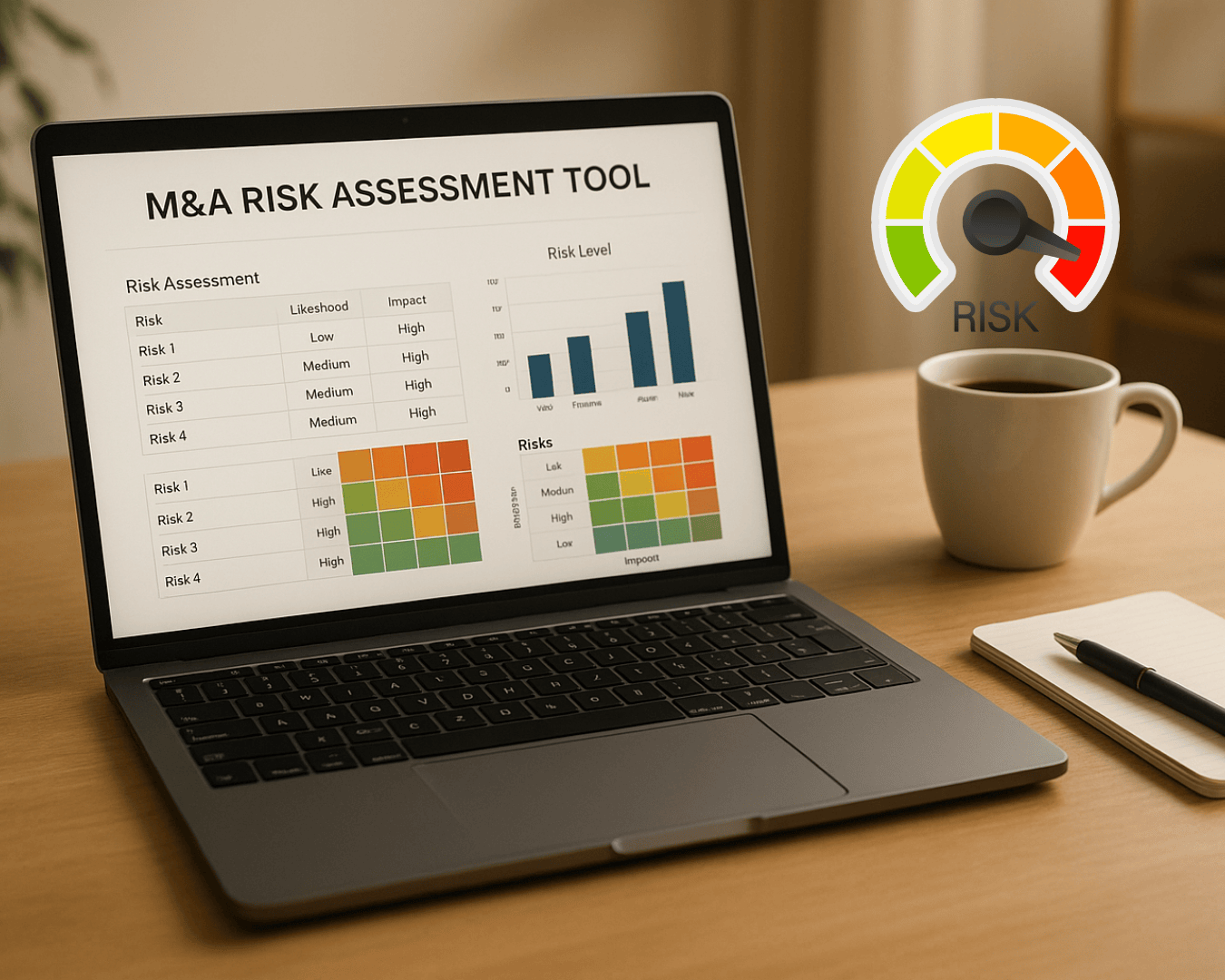

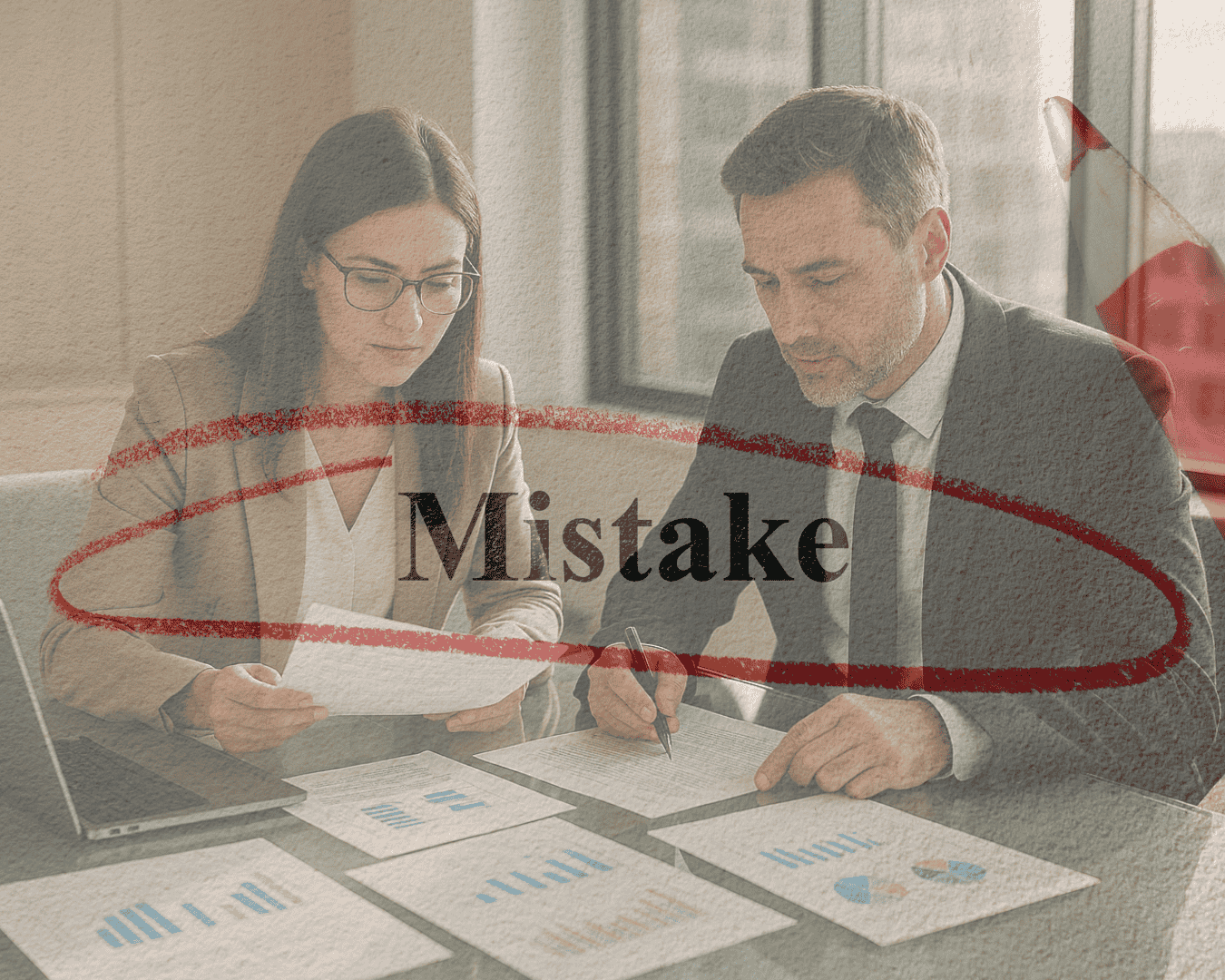









%20Loan%20Application%20Checklist.png)
